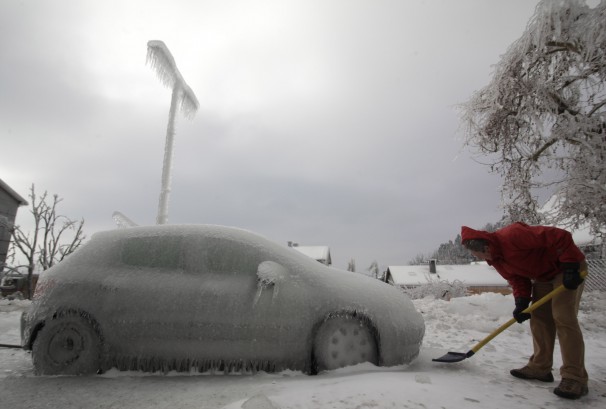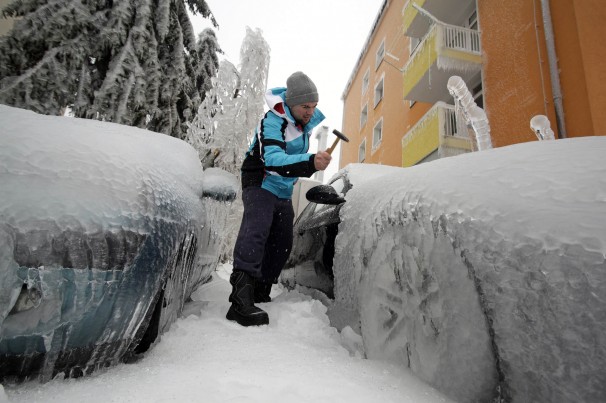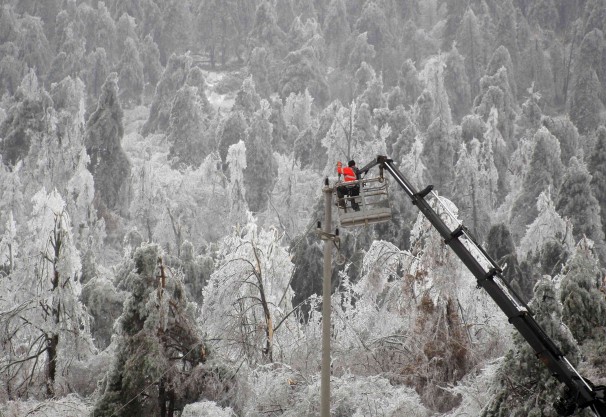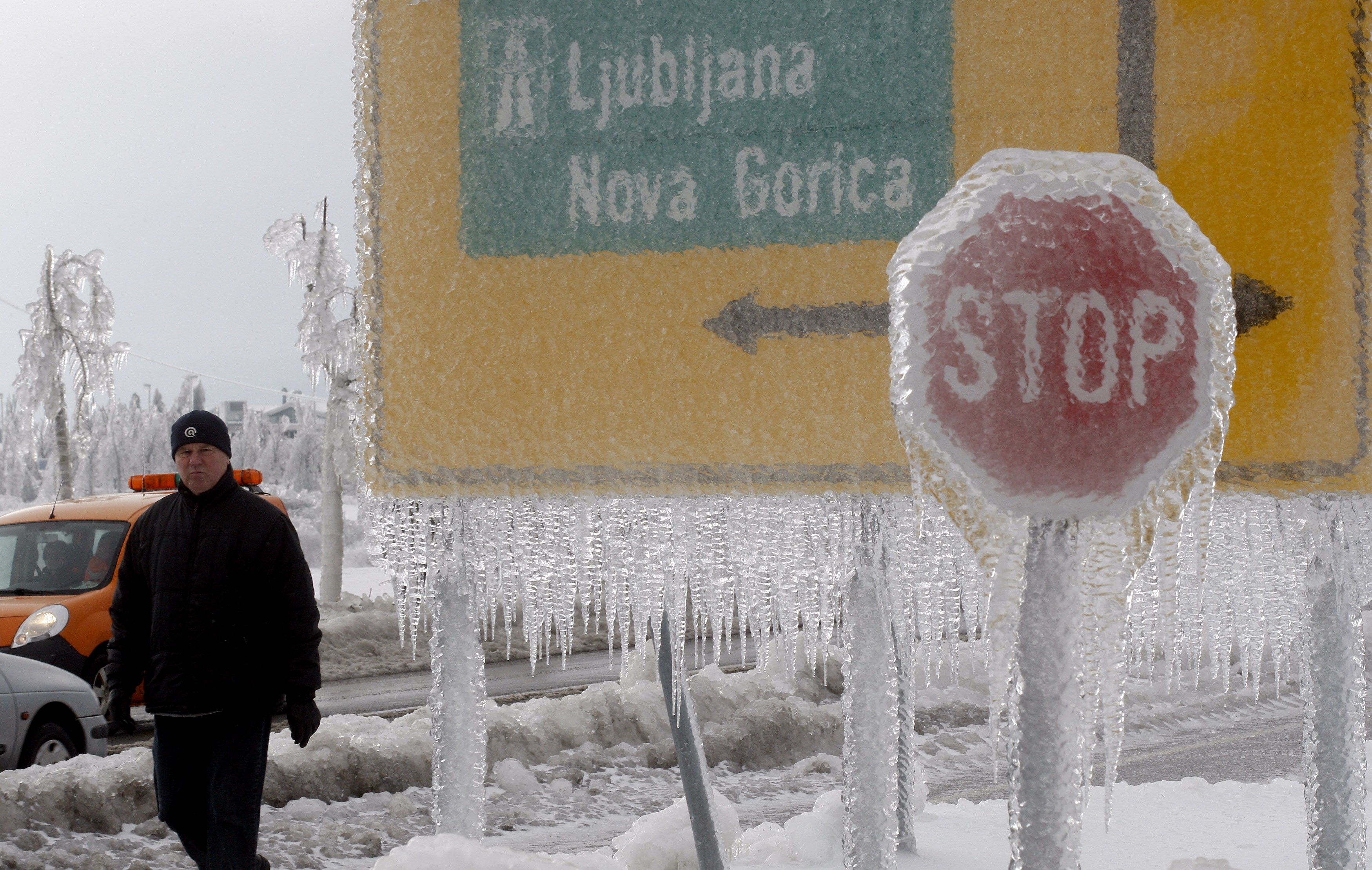Temperatures will finally push towards seasonal values this weekend as a warmer air mass pushes into Southern Manitoba from the Western Prairies. Daytime highs are set to climb into the mid-single digits which will bring the warmest temperatures since March 14th of this year when we managed to struggle our way to +4.0°C. Tagging alongside the milder temperatures will be unsettled conditions with multiple chances for precipitation through the next few days.
Friday
Today will be quite a pleasant day with mainly sunny skies and a high near 0°C. A ridge of high pressure will keep the winds light through the day as well. There may be a few cloudy periods this morning as we clean out any remnant cloud from yesterday’s system, but otherwise there should be plenty of sunshine.
Later today will see the approach of a warm front tied to a low pressure system tracking through the northern Prairies. Winds will increase out of the south to around 30km/h tonight as the warm front approaches. Thanks to the wind and some cloud pushing in later in the night, we’ll drop to only around -5°C.
Saturday
Tomorrow has the potential to be a bit of a messy start to the week. The warm front will be pushing it’s way through early in the day, bringing with it the potential for some snow or freezing rain.

This forecast sounding shows the development of a small layer of above-freezing air (AFL) above a below-freezing layer of air at the surface. The AFL doesn’t look very deep, so freezing rain is far from a sure thing as the balance between melting snow and reinforcement of warm air will be a delicate one dependant on how intense the precipitation is.
Depending on whether or not the precipitation manages to build far enough south to reach the Red River Valley is the primary unknown; if it does reach us then there’s a chance it will fall as freezing rain instead of snow. Whatever it decides to fall out of the sky as, though, it will be fairly short-lived and confined to the morning.
After the warm front pushes through in the morning, skies will begin to clear up and the temperature will begin climbing towards a high of 6 or 7°C. Saturday will be the warmest day in Winnipeg since the temperature hit 10.3°C on November 13th last year. Winds look to be light through the day.
Temperatures will drop to around -5°C once again on Saturday night with light winds.
Sunday
Sunday will be a slightly cooler albeit still pleasant day. Winds will be relatively light out of the south as we head to a high temperature of 3°C. An incoming low pressure system will spread cloud into the Red River Valley late in the day and bring a chance of some flurries through the evening and overnight periods.
All in all it will be a fairly pleasant weekend without too much wind and some mild temperatures. Aside from a few brief chances for precipitation, it might actually feel quite spring-like out there! Enjoy!







